-
 Bitcoin
Bitcoin $93,489.6049
0.59% -
 Ethereum
Ethereum $1,770.9424
-0.67% -
 Tether USDt
Tether USDt $1.0004
0.03% -
 XRP
XRP $2.2214
0.13% -
 BNB
BNB $599.8554
-0.71% -
 Solana
Solana $150.5028
0.43% -
 USDC
USDC $1.0000
0.01% -
 Dogecoin
Dogecoin $0.1805
1.97% -
 Cardano
Cardano $0.7343
5.30% -
 TRON
TRON $0.2469
0.86% -
 Sui
Sui $3.2945
13.04% -
 Chainlink
Chainlink $15.0069
1.74% -
 Avalanche
Avalanche $22.4310
1.36% -
 Stellar
Stellar $0.2788
4.96% -
 UNUS SED LEO
UNUS SED LEO $9.2191
1.61% -
 Shiba Inu
Shiba Inu $0.0...01358
1.86% -
 Toncoin
Toncoin $3.1906
3.03% -
 Hedera
Hedera $0.1876
3.89% -
 Bitcoin Cash
Bitcoin Cash $352.6211
-1.87% -
 Polkadot
Polkadot $4.1699
2.88% -
 Litecoin
Litecoin $83.6015
0.19% -
 Hyperliquid
Hyperliquid $18.2483
0.44% -
 Dai
Dai $0.9999
0.00% -
 Bitget Token
Bitget Token $4.4519
-1.23% -
 Ethena USDe
Ethena USDe $0.9995
0.02% -
 Pi
Pi $0.6540
0.66% -
 Monero
Monero $226.4968
-0.93% -
 Uniswap
Uniswap $5.8847
-1.48% -
 Pepe
Pepe $0.0...08718
0.14% -
 Aptos
Aptos $5.5226
3.89%
How to revoke DApp authorization in Rabby Wallet?
Rabby Wallet users can revoke DApp authorization by navigating to settings, selecting Security & Privacy, and removing access from the DApp Permissions list.
Apr 24, 2025 at 08:42 pm

Introduction to Rabby Wallet and DApp Authorization
Rabby Wallet is a versatile and user-friendly cryptocurrency wallet that allows users to interact with various decentralized applications (DApps) on different blockchain networks. One of the essential features of Rabby Wallet is the ability to authorize and manage permissions for these DApps. However, it's crucial for users to understand how to revoke DApp authorization to maintain control over their assets and privacy. In this article, we will explore the detailed steps on how to revoke DApp authorization in Rabby Wallet, ensuring users can manage their permissions effectively.
Understanding DApp Authorization
Before diving into the process of revoking DApp authorization, it's important to understand what it entails. When you connect your Rabby Wallet to a DApp, you are granting it permission to interact with your wallet. This can include reading your wallet's balance, sending transactions, or accessing other data. Revoking authorization means you are withdrawing these permissions, ensuring that the DApp can no longer interact with your wallet without your consent.
Accessing the DApp Authorization Settings
To begin the process of revoking DApp authorization, you need to access the settings within Rabby Wallet. Here's how you can do it:
- Open Rabby Wallet: Launch the Rabby Wallet application on your device.
- Navigate to Settings: Click on the settings icon, usually located in the top right corner of the wallet interface.
- Select Security & Privacy: Within the settings menu, find and click on the "Security & Privacy" option.
- Access DApp Permissions: Look for a section labeled "DApp Permissions" or something similar, and click on it to view the list of authorized DApps.
Revoking DApp Authorization
Once you are in the DApp Permissions section, you can see a list of all the DApps that have been granted access to your wallet. To revoke authorization for a specific DApp, follow these steps:
- Select the DApp: Scroll through the list and find the DApp for which you want to revoke authorization.
- View Details: Click on the DApp to view more detailed information about the permissions it has been granted.
- Revoke Authorization: Look for an option to revoke or withdraw permissions. This might be labeled as "Revoke," "Withdraw," or "Remove Access." Click on this option to initiate the revocation process.
- Confirm Action: You will likely be prompted to confirm the action. Confirm that you want to revoke the DApp's authorization.
Verifying the Revocation
After revoking the DApp authorization, it's essential to verify that the process was successful. Here's how you can do it:
- Return to DApp Permissions: Go back to the DApp Permissions section in the settings.
- Check the List: Look for the DApp you just revoked authorization for. It should no longer appear in the list of authorized DApps.
- Test the DApp: If you're still unsure, you can try connecting to the DApp again. If the revocation was successful, you should be prompted to authorize it again before it can interact with your wallet.
Additional Tips for Managing DApp Permissions
Managing DApp permissions effectively can enhance your security and privacy. Here are some additional tips to consider:
- Regularly Review Permissions: Make it a habit to periodically review the list of authorized DApps and revoke any permissions that are no longer needed.
- Be Cautious with New DApps: When connecting to a new DApp, carefully review the permissions it is requesting. Only grant the necessary permissions and consider revoking them after use.
- Use Separate Wallets for Different DApps: If you frequently interact with multiple DApps, consider using separate wallets for different purposes to minimize risk.
Frequently Asked Questions
Q: Can I revoke DApp authorization on mobile devices using Rabby Wallet?
Yes, the process of revoking DApp authorization on mobile devices is similar to the desktop version. You can access the settings, navigate to the DApp Permissions section, and follow the same steps to revoke authorization.
Q: Will revoking DApp authorization affect my existing transactions with the DApp?
No, revoking DApp authorization will not affect any transactions that have already been completed. It only prevents future interactions between the DApp and your wallet.
Q: Is it possible to temporarily revoke DApp authorization and then re-authorize it later?
Yes, you can revoke DApp authorization at any time and re-authorize the DApp later if needed. The process of re-authorizing is similar to the initial authorization process.
Q: What should I do if I accidentally revoke authorization for a DApp I need to use?
If you accidentally revoke authorization for a DApp, you can simply go through the process of re-authorizing it. Connect to the DApp again and grant the necessary permissions when prompted.
Disclaimer:info@kdj.com
The information provided is not trading advice. kdj.com does not assume any responsibility for any investments made based on the information provided in this article. Cryptocurrencies are highly volatile and it is highly recommended that you invest with caution after thorough research!
If you believe that the content used on this website infringes your copyright, please contact us immediately (info@kdj.com) and we will delete it promptly.
- The market doesn't know what to make of Nvidia (NASDAQ: NVDA) stock right now
- 2025-04-25 00:30:11
- Coinbase and PayPal Have Expanded Their Partnership to Offer Free Conversions Between PYUSD and US Dollars
- 2025-04-25 00:30:11
- Beyond, Inc. Executive Chairman Marcus Lemonis — who also recently took on the role of Principal Executive Officer — is making good on his promise to shift the company’s focus toward “an affinity and data monetization model with a strong technology focus.
- 2025-04-25 00:25:12
- Coinbase (COIN) will introduce free conversions between PayPal's PYUSD stablecoin and the U.S. currency
- 2025-04-25 00:25:12
- A popular anonymous crypto pundit has shared a roadmap outlining how XRP could surge from $2.15 to $1,000.
- 2025-04-25 00:20:12
- New Hampshire Advances Bill to Allow State to Invest in Digital Assets and Precious Metals
- 2025-04-25 00:20:12
Related knowledge
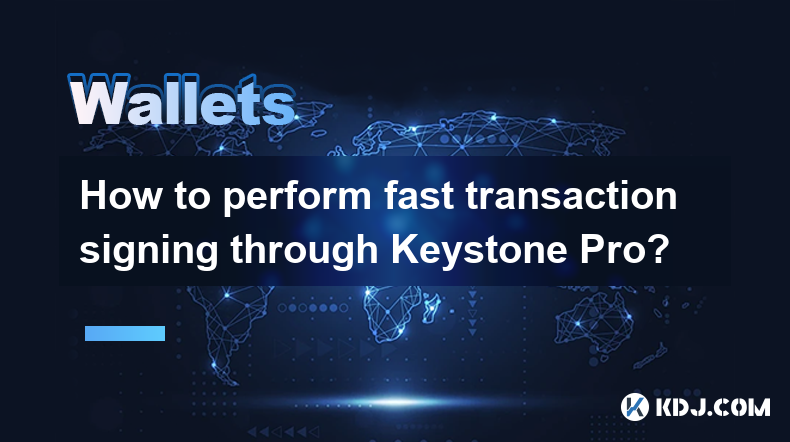
How to perform fast transaction signing through Keystone Pro?
Apr 24,2025 at 09:50pm
Introduction to Keystone ProKeystone Pro is a highly secure and user-friendly hardware wallet designed specifically for cryptocurrency enthusiasts who value both security and efficiency. One of its standout features is the ability to perform fast transaction signing, which is crucial for users who need to execute transactions quickly and securely. In th...
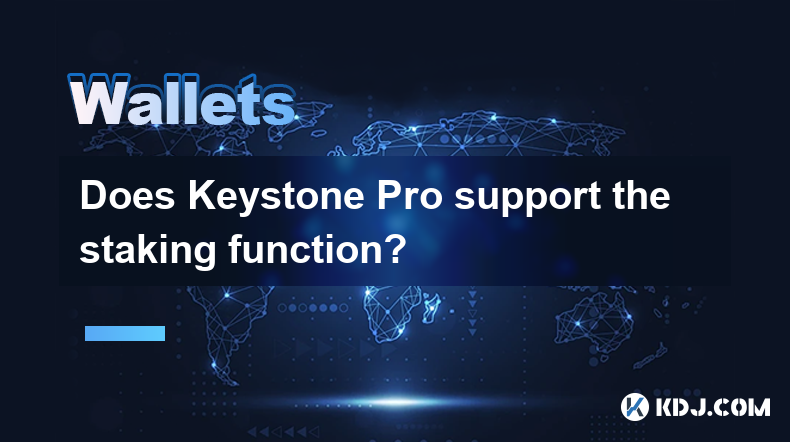
Does Keystone Pro support the staking function?
Apr 24,2025 at 11:22pm
Introduction to Keystone ProKeystone Pro is a hardware wallet designed for the secure storage of cryptocurrencies. It supports a wide range of cryptocurrencies and offers robust security features to protect users' digital assets. One of the frequently asked questions about Keystone Pro is whether it supports the staking function. In this article, we wil...
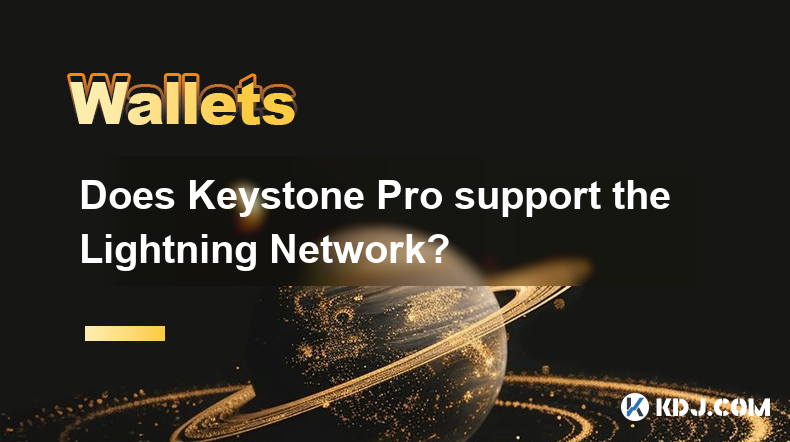
Does Keystone Pro support the Lightning Network?
Apr 24,2025 at 08:56pm
Introduction to Keystone ProKeystone Pro is a hardware wallet designed to provide secure storage for various cryptocurrencies. It emphasizes user-friendly design and robust security features, making it an appealing choice for both beginners and experienced users in the crypto space. One of the frequently asked questions about Keystone Pro is whether it ...
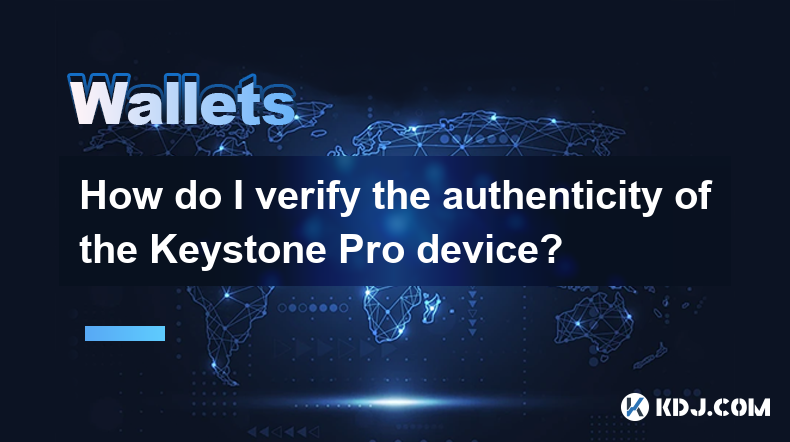
How do I verify the authenticity of the Keystone Pro device?
Apr 25,2025 at 12:14am
Introduction to the Keystone Pro DeviceThe Keystone Pro is a hardware wallet designed to secure your cryptocurrencies offline, providing an additional layer of protection against online threats. Verifying the authenticity of this device is crucial to ensure that your assets remain safe. This article will guide you through the steps to confirm that your ...
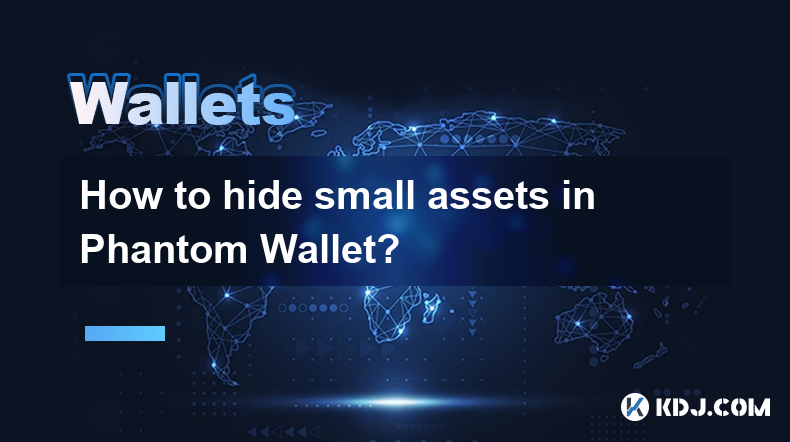
How to hide small assets in Phantom Wallet?
Apr 24,2025 at 05:22pm
Introduction to Phantom WalletPhantom Wallet is a popular non-custodial wallet designed specifically for Solana (SOL) and other cryptocurrencies. It allows users to manage their assets securely and interact with decentralized applications (dApps) seamlessly. One of the features users often seek is the ability to hide small assets within the wallet to ma...
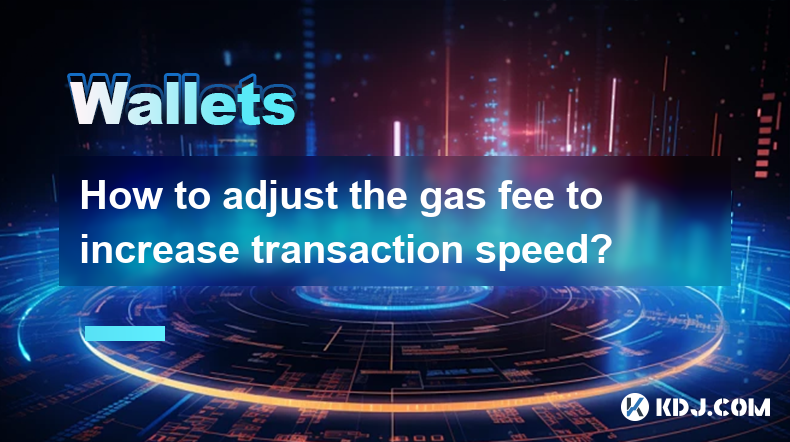
How to adjust the gas fee to increase transaction speed?
Apr 24,2025 at 07:08pm
How to Adjust the Gas Fee to Increase Transaction Speed?When dealing with transactions on the Ethereum network, one of the critical factors that can influence the speed of your transaction is the gas fee. The gas fee is the amount of Ether (ETH) you're willing to pay to have your transaction processed by the network. By adjusting the gas fee, you can ei...

How to perform fast transaction signing through Keystone Pro?
Apr 24,2025 at 09:50pm
Introduction to Keystone ProKeystone Pro is a highly secure and user-friendly hardware wallet designed specifically for cryptocurrency enthusiasts who value both security and efficiency. One of its standout features is the ability to perform fast transaction signing, which is crucial for users who need to execute transactions quickly and securely. In th...

Does Keystone Pro support the staking function?
Apr 24,2025 at 11:22pm
Introduction to Keystone ProKeystone Pro is a hardware wallet designed for the secure storage of cryptocurrencies. It supports a wide range of cryptocurrencies and offers robust security features to protect users' digital assets. One of the frequently asked questions about Keystone Pro is whether it supports the staking function. In this article, we wil...

Does Keystone Pro support the Lightning Network?
Apr 24,2025 at 08:56pm
Introduction to Keystone ProKeystone Pro is a hardware wallet designed to provide secure storage for various cryptocurrencies. It emphasizes user-friendly design and robust security features, making it an appealing choice for both beginners and experienced users in the crypto space. One of the frequently asked questions about Keystone Pro is whether it ...

How do I verify the authenticity of the Keystone Pro device?
Apr 25,2025 at 12:14am
Introduction to the Keystone Pro DeviceThe Keystone Pro is a hardware wallet designed to secure your cryptocurrencies offline, providing an additional layer of protection against online threats. Verifying the authenticity of this device is crucial to ensure that your assets remain safe. This article will guide you through the steps to confirm that your ...

How to hide small assets in Phantom Wallet?
Apr 24,2025 at 05:22pm
Introduction to Phantom WalletPhantom Wallet is a popular non-custodial wallet designed specifically for Solana (SOL) and other cryptocurrencies. It allows users to manage their assets securely and interact with decentralized applications (dApps) seamlessly. One of the features users often seek is the ability to hide small assets within the wallet to ma...

How to adjust the gas fee to increase transaction speed?
Apr 24,2025 at 07:08pm
How to Adjust the Gas Fee to Increase Transaction Speed?When dealing with transactions on the Ethereum network, one of the critical factors that can influence the speed of your transaction is the gas fee. The gas fee is the amount of Ether (ETH) you're willing to pay to have your transaction processed by the network. By adjusting the gas fee, you can ei...
See all articles























































































